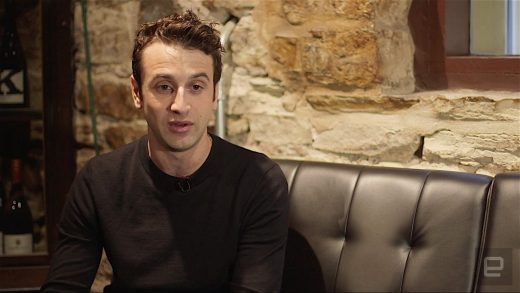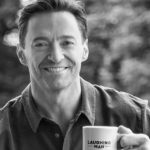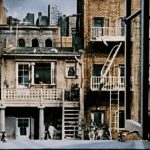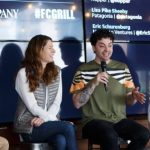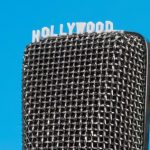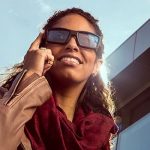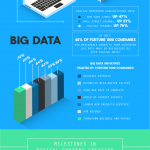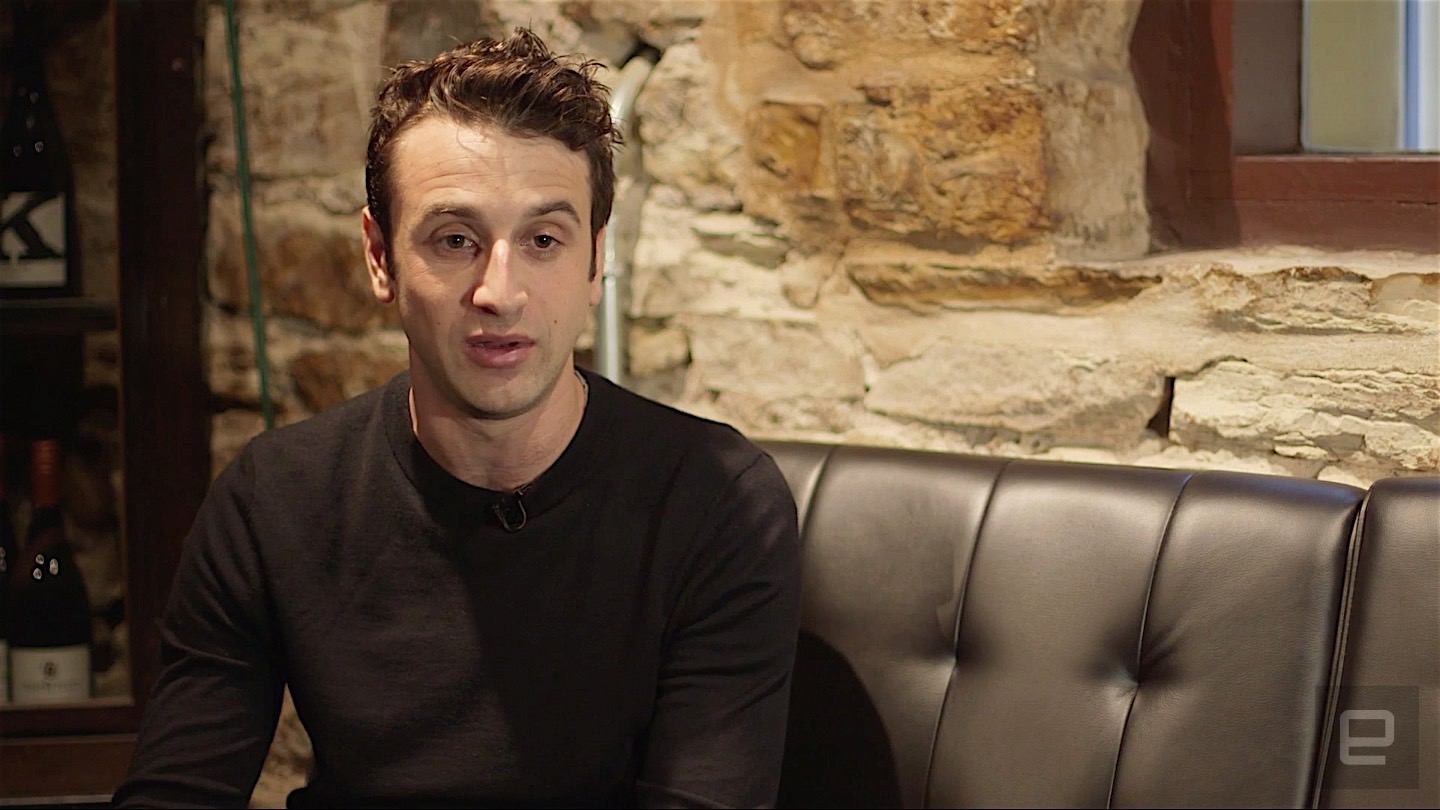Justin Hurwitz: We didn’t want Daft Punk helmets in ‘La La Land’
Much has been said about La La Land’s tribute to musicals of the past. And while there are only a few flecks of modern music, they’re crucial to the conflict Seb endures as he tussles with the dilemma of success versus following his dream. We see this interaction between old and new most clearly when Seb reluctantly joins The Messengers, a band lead by his friendly rival Keith (Legend). We learn early on that Gosling’s character is an inveterate jazz snob, to the point where his most prized possession is a stool once owned by Hoagy Carmichael. And it’s a snobbery that constantly holds him back (until — spoiler alert — it arguably sets him free).
The first time Seb jams with The Messengers, his jazz piano melody is unexpectedly interrupted by a drum machine (a Native Instruments’ Maschine, no less). For Seb this is an affront to his neo-bop sensibilities. For Keith it’s progression — something he’s all too quick to point out to Seb as what jazz is fundamentally about. The scene is short, but it’s a pivotal moment.
“That whole sequence was a really important part of the movie, so we spent some time figuring out what that scene would be, and where in that scene the electronic drum machine would kick in, and what Sebastian’s reaction would be […] Part of the story is that Seb is a traditionalist, and Keith hauls him into this different world of music that becomes increasingly more modern, and increasingly electronic,” Hurwitz told Engadget.
This new-versus-old narrative culminates with the performance of “Start a Fire,” one of the movie’s tentpole songs. It’s also the most tech-infused scene of the movie, with appearances from Roli’s Seaboard, among other modern music gear. Hurwitz said, “With ‘Start a Fire’ it was a case of ‘let’s find a piece of music that can support an increasingly electronic soundscape as it goes on.'”
“Start a Fire” would ultimately be chosen as the soundtrack to one of the more upbeat trailers, where the song’s own progression from jazz to electro-pop can be heard from start to finish — itself something of a metaphor for Seb’s reluctant career path.
“The instruments we used in the ‘Start a Fire’ scenes were really conscious decisions,” Hurwitz said. “In the case of the Roli Seaboard, I didn’t know what that was. There was an executive music producer on the movie who was familiar with that instrument, so he suggested we use it.”
Of course, while this scene is pretty much the one concession to modern music technology in the whole movie (bar the drum-machine moment), there’s still some restraint. Too many times we’ve seen the message of “modern music” telegraphed in a heavy-handed manner. In La La Land’s most contemporary scene, there’s no awkward DJ, no lasers, no Prodigy-era “edgy” beats to drill home what’s going on. Hurwitz skillfully introduces the right amount of technology to trigger Seb’s anachronistic tendencies.
“We wanted Sebastian to feel out of his comfort zone,” Hurwitz said. “Especially in the beginning, but we didn’t want anything to be too ridiculous. You know, we didn’t want people wearing Daft Punk helmets or anything too crazy.”
There might not be any Daft Punk helmets, but the scene still stands out for its musical uniqueness within the movie. It’s a lone contemporary flame in a forest fire of paper turning, orchestral scores and freestyle jazz. But it illustrates how Hurwitz worked with Chazelle, the director, to create a movie that itself is a modern tribute to an art form of the past.
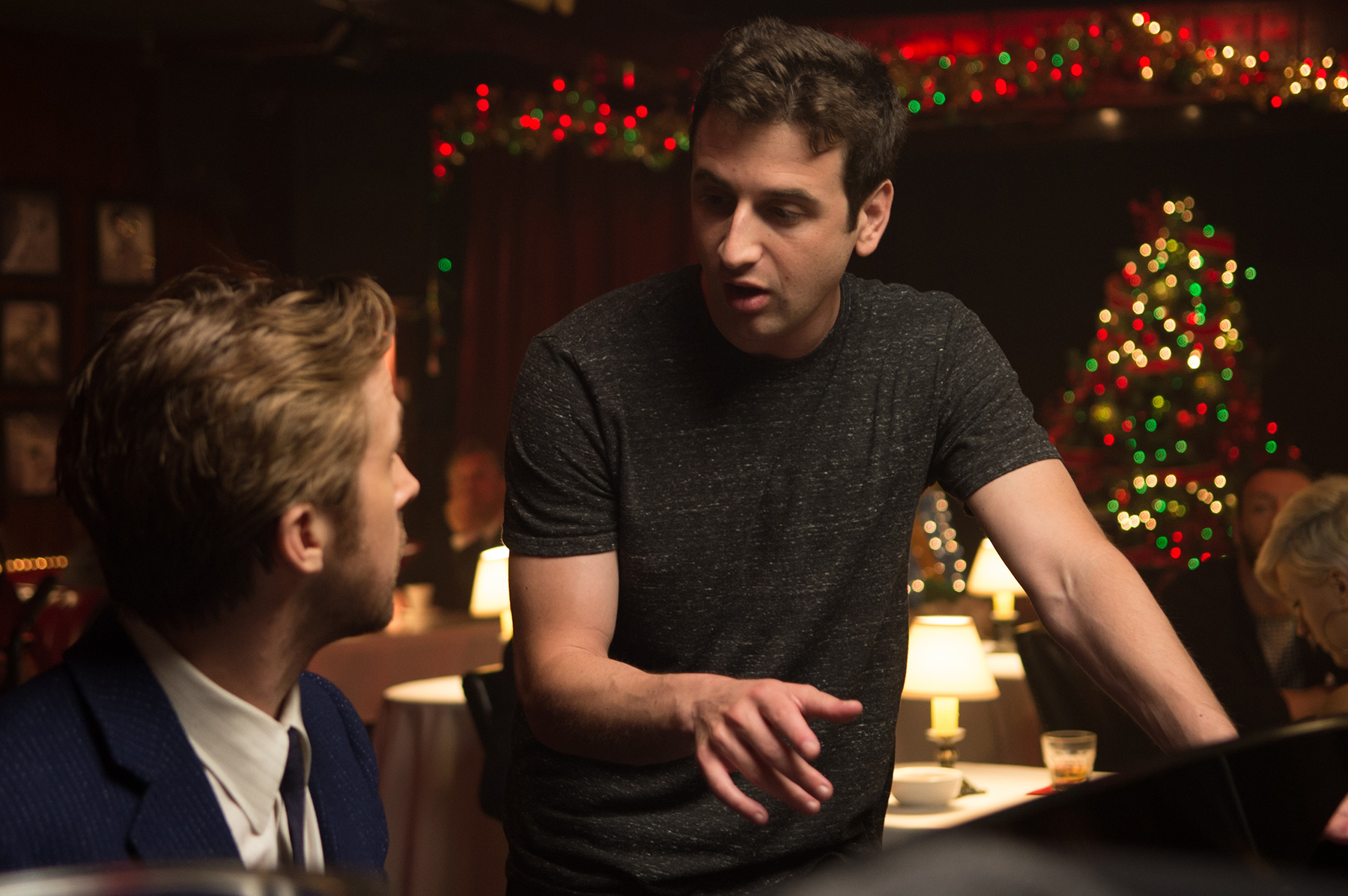
“That was part of Damien’s goal with this movie too,” Hurwitz said. “The movie is obviously inspired by older movies, older musicals. Genres that are associated with the past. But Damien was making something that feels modern, feels contemporary, that feels fresh. That feels very much its own take on that genre.”
When you have a movie that’s not only about music but also a musical about music, one has to wonder if the character of the person that scores it inevitably seeps into the musical protagonist. When I asked Hurwitz about his own musical leanings, any such notion was short lived.
“I think I’m more progressive than Seb,” he said. “Honestly, what’s on the radio in my car when I’m driving is top 40. I love pop music.” However, when he was pressed specifically about jazz, it turned out that Hurwitz and Seb might still have some things in common. “I have nothing against modern jazz. I just don’t know it as well as I need to. I need to start getting more into what’s been happening with jazz in the past 30 plus years.”
It’s ultimately Legend’s Keith that best sums up the movie — and its score — when he gently reminds Seb after their jam session, “How are you gonna be a revolutionary if you’re such a traditionalist?” And with a healthy collection of Oscars and Golden Globes with La La Land etched on them, it’s hard to argue with that logic.
La La Land’s digital HD release is April 11, and the 4K Blu-ray and DVD lands in stores on April 25.
Click here to catch up on the latest news from SXSW 2017.
(77)

